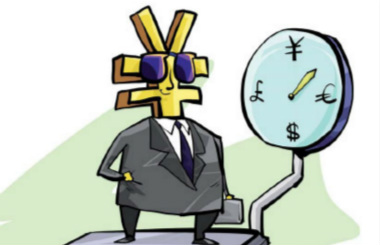The cleanup of nonperforming assets and motivating commercial banks. The ineffectiveness of monetary policy is mainly because of the unwillingness by banks to issue loans, which stems from nonperforming assets. Now, most nonperforming assets are with regional commercial banks, so the government needs to accelerate regional asset management companies and strip banks of nonperforming assets so they can develop without too much burden.
Getting out of the debt black hole. During times of economic prosperity, local governments supported the development of industries through credit guarantees. But when an economy slows down, the disadvantages of these guarantees become obvious: the crowding-out effect, which twists capital allocation; alienation of the financing demand and increased cost of financing; and swallowing the profits of enterprises. These challenges can also become opportunities if they push reform.
Speeding up mergers and acquisition by enterprises and the reduction of overcapacity. The core of an economic crisis is surplus; if you don't solve overcapacity, it's difficult to get out of a crisis. Many policymakers are scared when they hear the word "overcapacity reduction" as they fear it will cause social unrest. Actually, M&As can effectively relieve the pain of reducing overcapacity and motivate the vitality of companies.
Building a national-level research and development center. About 2.01 percent of China's GDP is put into R&D, less than South Korea and Finland (both about 4 percent). Technology innovation needs capital market incentives and government support, especially major scientific research that needs to be done quickly. Based on all the research institutions and colleges today, China should build an independent national-level R&D center.












